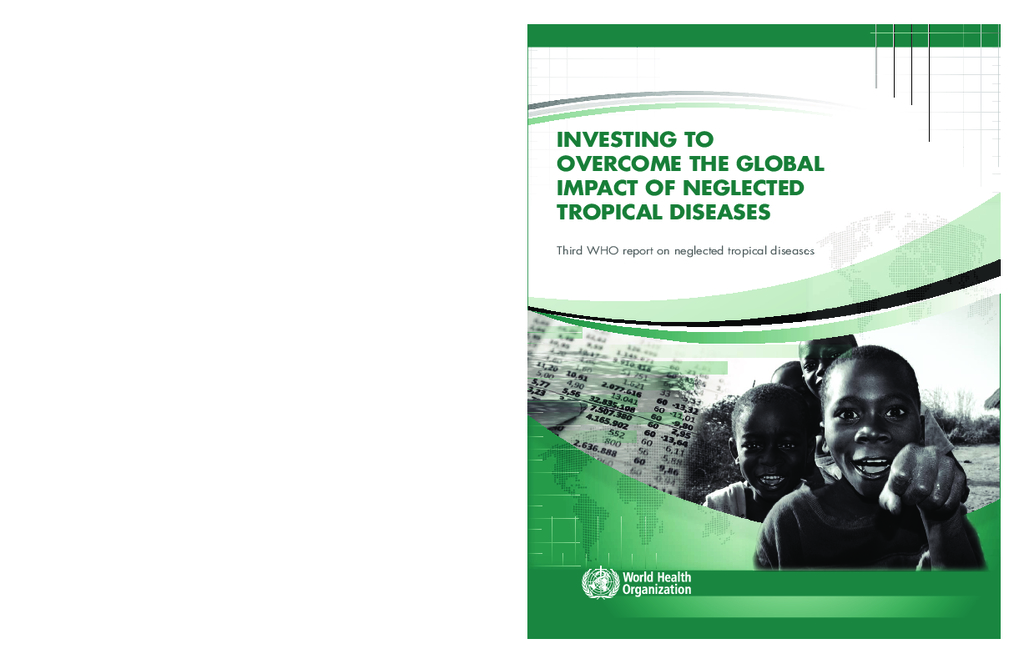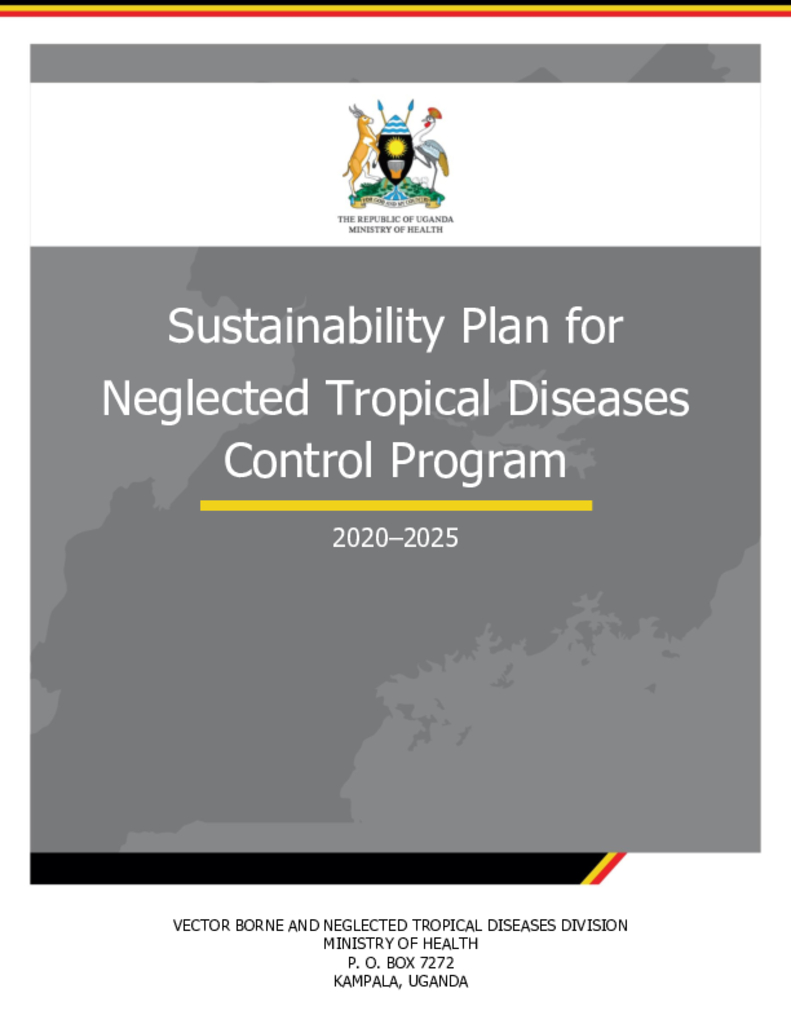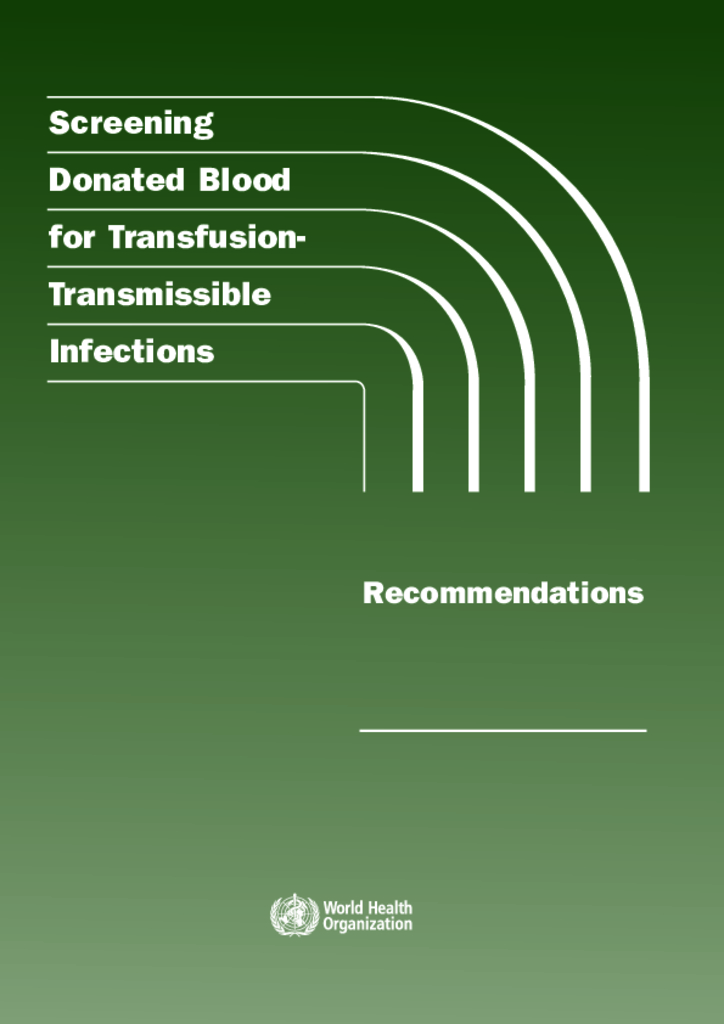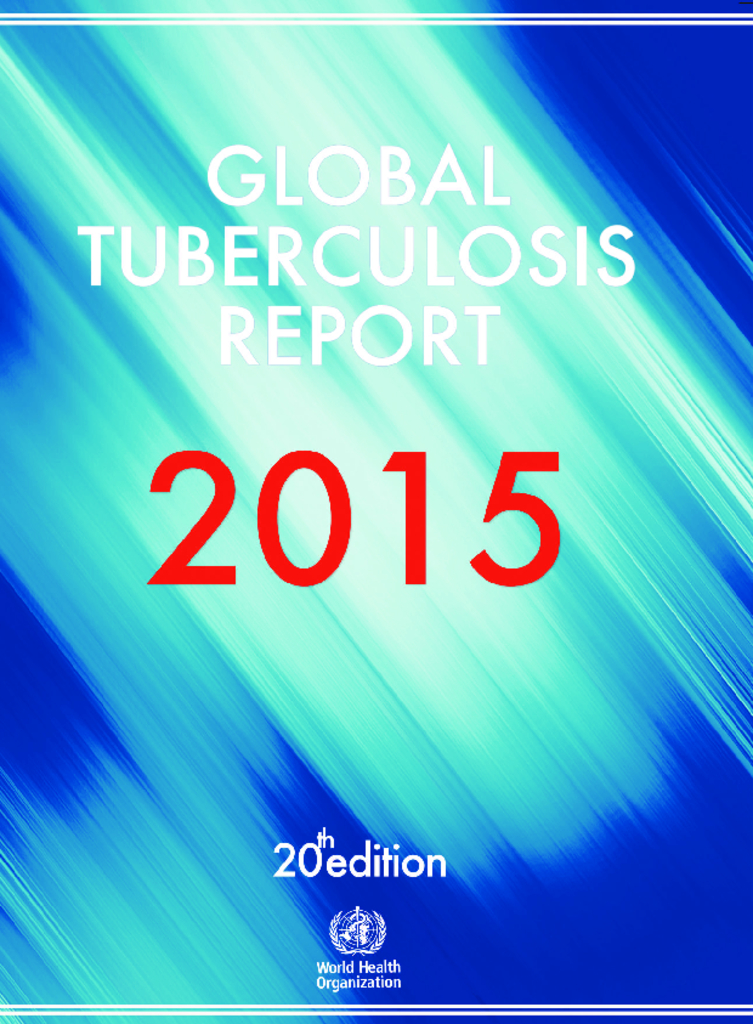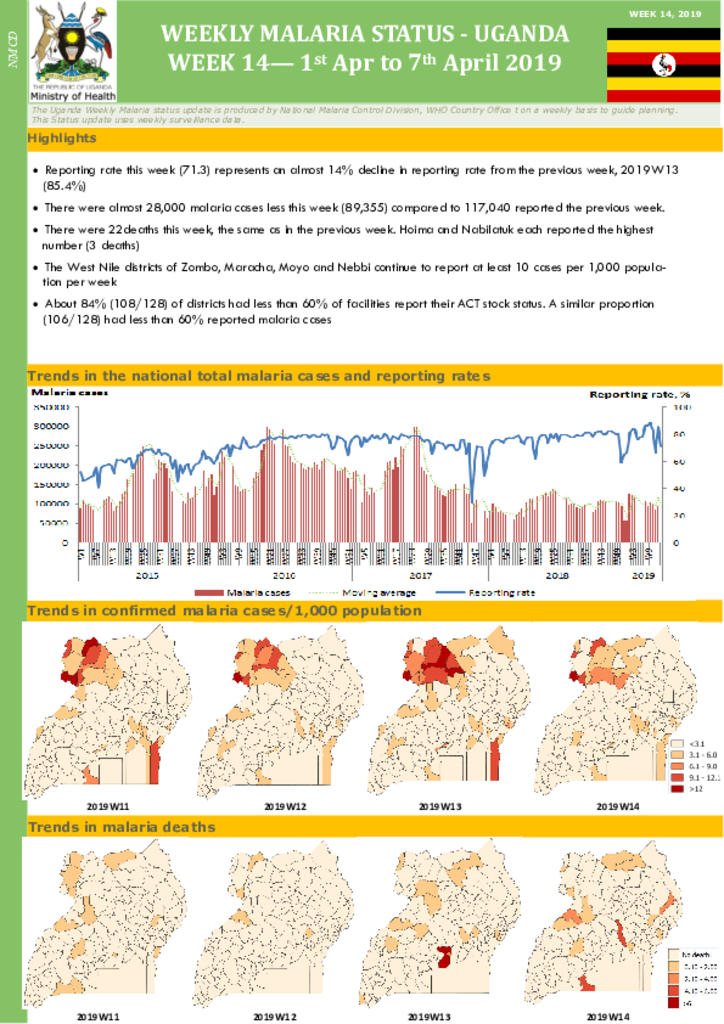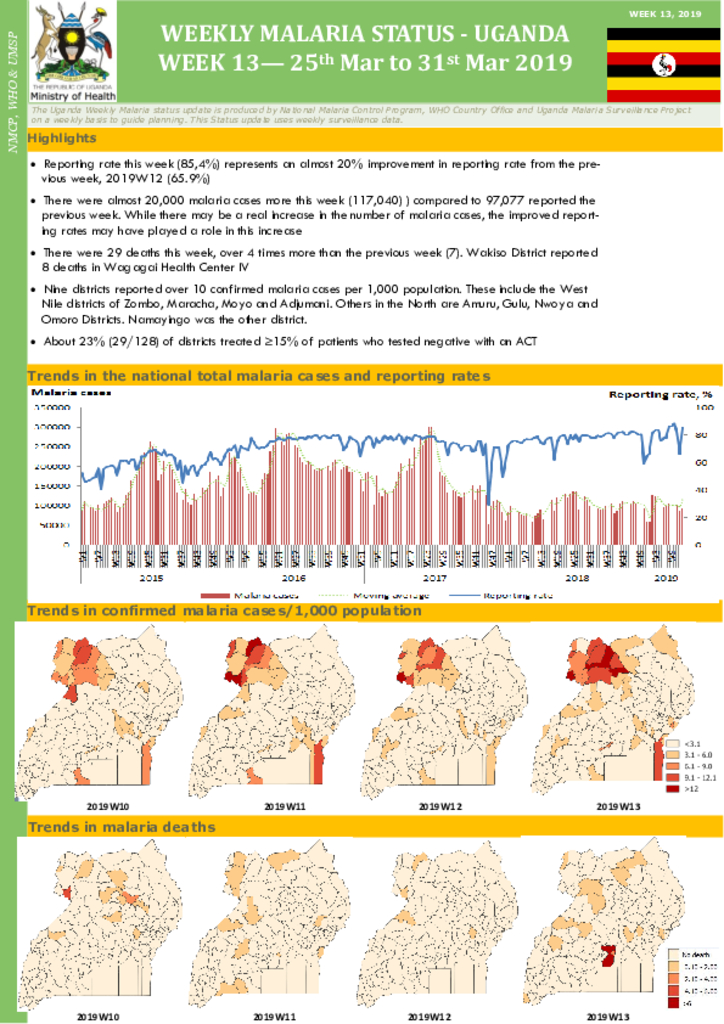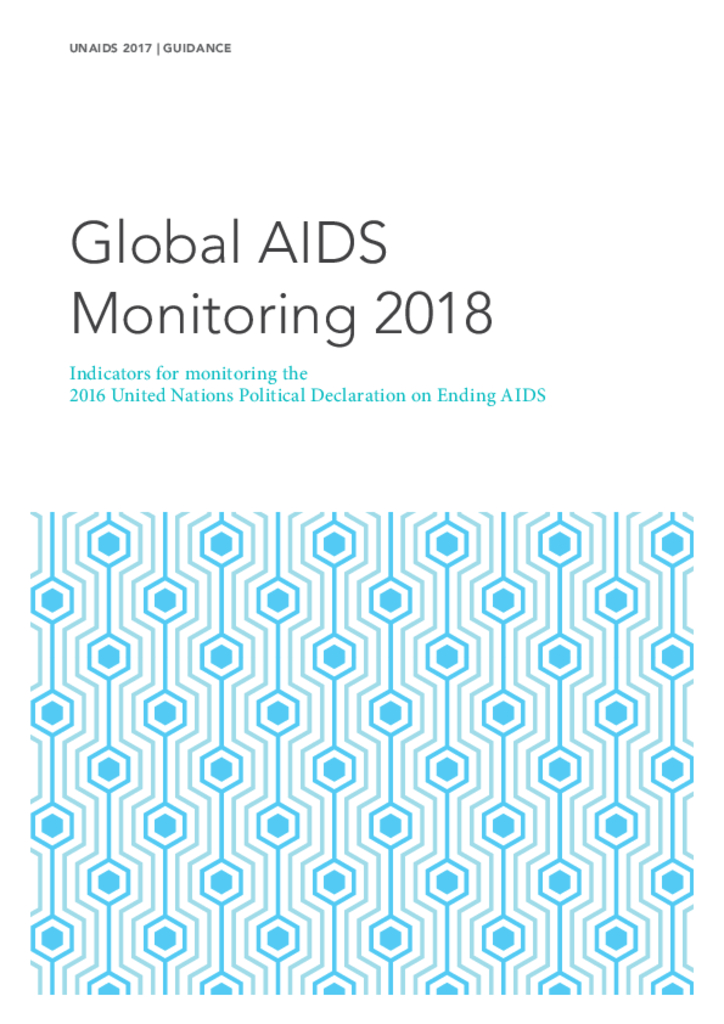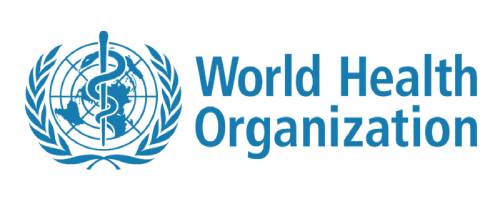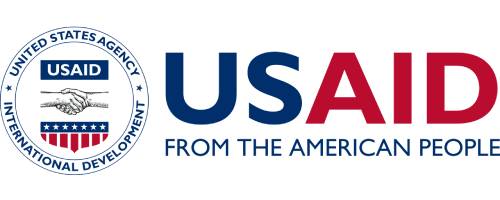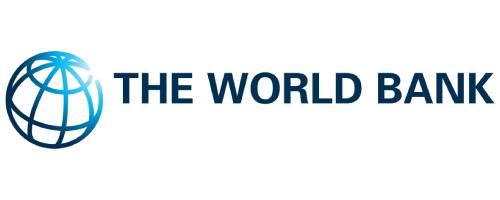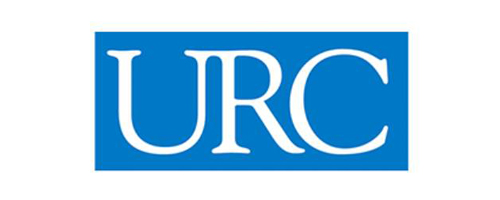This third WHO report anticipates the investments needed as countries graduate from low-income to middle-income status and as the world’s focus expands from the Millennium Development Goals to the Sustainable Development Goals.
The overall goal of the Uganda NTD Control Program Sustainability Plan 2020-2025is to bring together other sectors on board to strengthen mechanisms that will enable the Ministry of Health to sustain NTD efforts and strengthen the health system to provide sustainable, accessible, equitable, and quality NTD services to the population
Neglected tropical diseases (NTDs) are a group of 13 infections caused by parasitic worms, protozoa or bacteria. They strike the world’s poorest people, living in remote and rural areas of low-income countries in Sub-Saharan Africa, Asia and the Americas, causing life-long disability, disfigurement, reduced economic productivity and social stigma.
When expressed in disability-adjusted life years (DALYs), NTDs account for approximately one-quarter of the global disease burden from HIV/AIDS and for almost the same burden as malaria.
It is the responsibility of governments to assure a safe and sufficient supply of blood and blood products for all patients requiring transfusion (1).
Each country should formulate a national blood policy and plan, as part of the national health policy, to define how safe blood and blood products will be made available and accessible to address the transfusion needs of its population, including how blood transfusion services will be organized and managed.
The Purpose of this bulletin is one of the ways of improving internal and external communication with Stakeholders and the public we serve
Blood transfusion is a life-saving intervention that has an essential role in patient management within health care systems. All Member States of the World Health Organization (WHO) endorsed World Health Assembly resolutions WHA28.72 (1) in 1975 and WHA58.13 (2) in 2005.
These commit them to the provision of adequate supplies of safe blood and blood products that are accessible to all patients who require transfusion either to save their lives or promote their continuing or improving health.
This Guide presents an introduction to basic concepts used in implementation research and describes the range of approaches and applications that it can be used for. The main aim of the Guide is to support the development of and demand for implementation research that is problem-focused, action-oriented and above all aligned with health system needs.
The year 2015 is a watershed moment in the battle against tuberculosis (TB). It marks the deadline for global TB targets set in the context of the Millennium Development Goals (MDGs), and is a year of transitions: from the MDGs to a new era of Sustainable Development Goals (SDGs), and from the Stop TB Strategy to the End TB Strategy. It is also two decades since WHO established a global TB monitoring system; since that time, 20 annual rounds of data collection have been completed.
Important recent changes or additions to guidelines for the management of tuberculosis (TB) in children have made it necessary to revise the first edition of Guidance for national tuberculosis programmes on the management of tuberculosis in children, published by WHO in 2006. Like the 2006 guidance, this document is targeted at national TB programmes, paediatricians and other health workers in low- and middle-income countries; it does not aim to outline recommendations for high-income countries with low TB prevalence. This distinction is especially important in the diagnostic approach and in contact investigation.
Reporting rate this week (71.3) represents an almost 14% decline in reporting rate from the previous week, 2019W13 (85.4%)
There were almost 28,000 malaria cases less this week (89,355) compared to 117,040 reported the previous week. There were 22deaths this week, the same as in the previous week. Hoima and Nabilatuk each reported the highest number (3 deaths)The West Nile districts of Zombo, Maracha, Moyo and Nebbi continue to report at least 10 cases per 1,000 popula-tion per week About 84% (108/128) of districts had less than 60% of facilities report their ACT stock status. A similar proportion (106/128) had less than 60% reported malaria cases
Reporting rate this week (85,4%) represents an almost 20% improvement in reporting rate from the pre-vious week, 2019W12 (65.9%)
There were almost 20,000 malaria cases more this week (117,040) ) compared to 97,077 reported the previous week. While there may be a real increase in the number of malaria cases, the improved report-ing rates may have played a role in this increase.
There were 29 deaths this week, over 4 times more than the previous week (7). Wakiso District reported 8 deaths in Wagagai Health Center IV. Nine districts reported over 10 confirmed malaria cases per 1,000 population. These include the West Nile districts of Zombo, Maracha, Moyo and Adjumani. Others in the North are Amuru, Gulu, Nwoya and Omoro Districts. Namayingo was the other district. About 23% (29/128) of districts treated ≥15% of patients who tested negative with an ACT
The purpose of this document is to provide guidance to national AIDS programmes and partners on the use of indicators to measure and report on the country response
